I was talking to a young man who was planning to build a vacation home out of larch wood and he pointed out to me that I have not written anything about larch wood. I promised him and now I keep my promise.
Larch is also known in Romania as larch, larch or lily. There are 13 known types of larch, but the one found in Romania is Larix decidua. It grows naturally in central and eastern Europe, hence the name European larch. It was first cultivated in Britain in the 18th century.
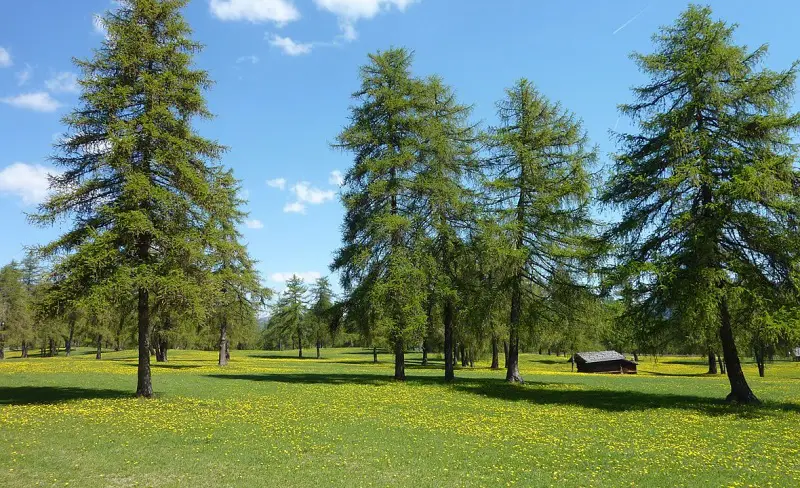
The tree grows 25-45 m tall, with a diameter of 0.6-1 m. Very rarely it can reach up to 55 m in height and 2 m in diameter. It can live between 100 and 350 years, with an average age of 200 years. It is a conifer, the only one in Romania with drooping leaves. At first, the crown is conical, but as it gets older it becomes straighter and straighter. The leaves are in the shape of green needles spiraling at the end of the needles. In autumn they change color, the needles turning a beautiful orange-yellow. The tree withstands cold temperatures down to -50 degrees Celsius and drought very well. It is mostly found from 1000 m altitude and can reach up to 2400 m.
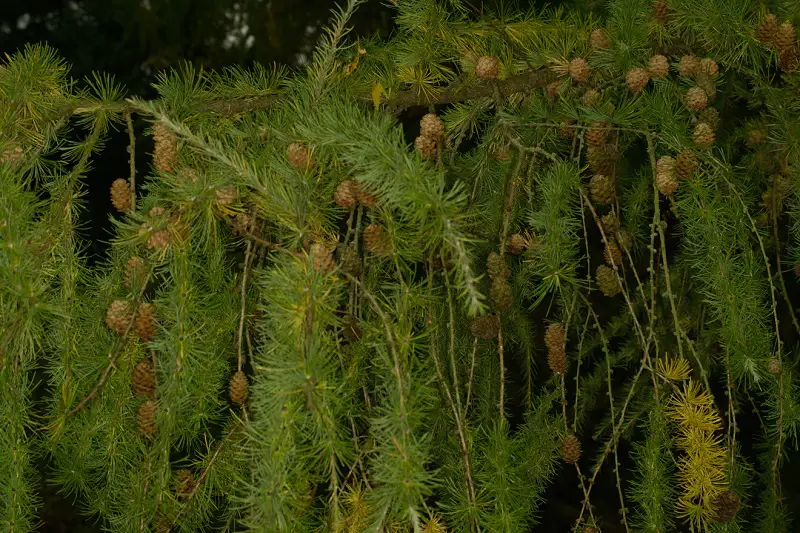
Larch wood is tougher than similar species - fir, spruce - which is why it is also known as 'oak' rășinoaselor. It is rich in resin which makes it resistant to mildew attack and gives the wood a specifically pleasant odor during processing. Also because of the resin, the wood has a greasy, oily, oily stain.
In cross-section the areas of sapwood and heartwood are very well demarcated. The alburnum area is very light in color, almost white, and the heartwood can range from dark yellowish white to scarlet red to brown.
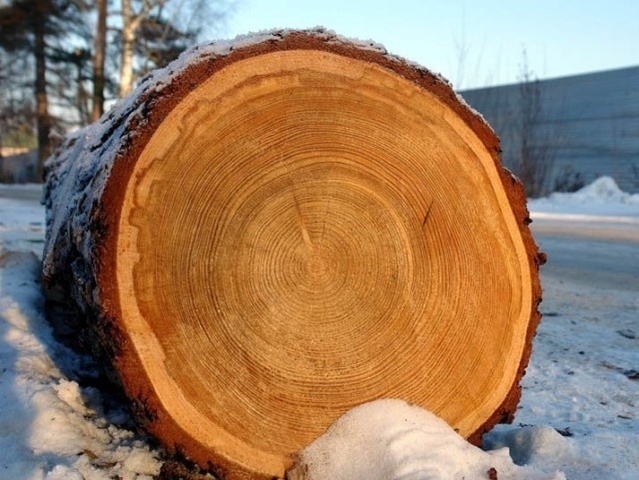
The fiber is straight or coiled and the texture medium to fine. Larch also has knots, but not as many as pine and they are smaller.

During mechanical processing, the resin can form gums on saw blades, and during sanding, due to the large difference in hardness between late and early wood, the surface can remain uneven and wavy. Because the early wood can be easily removed, it lends itself very well to texturizing and sandblasting. The wood is used as both solid and veneer.
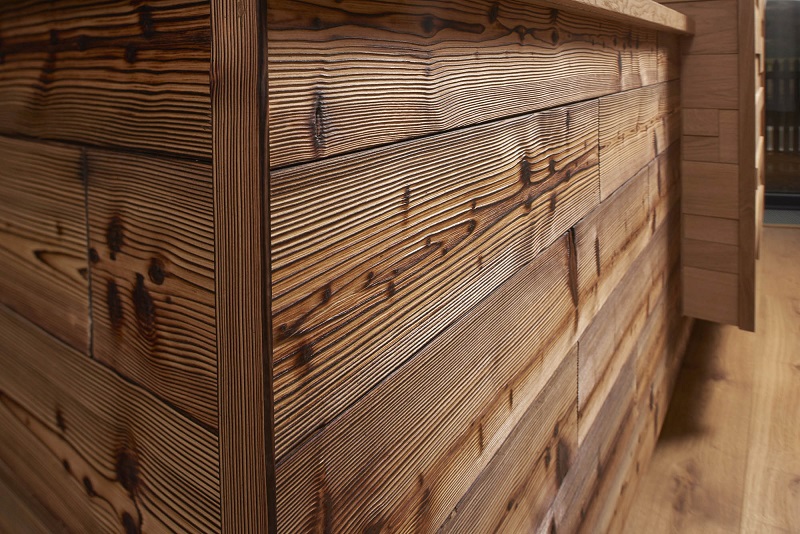
Larch wood is hard, weather and moisture resistant as well as flexible, making it a very good material for building houses. The further north it grows, the stronger it is. For example, Siberian larch is one of the most widely used species for building houses and window frames.
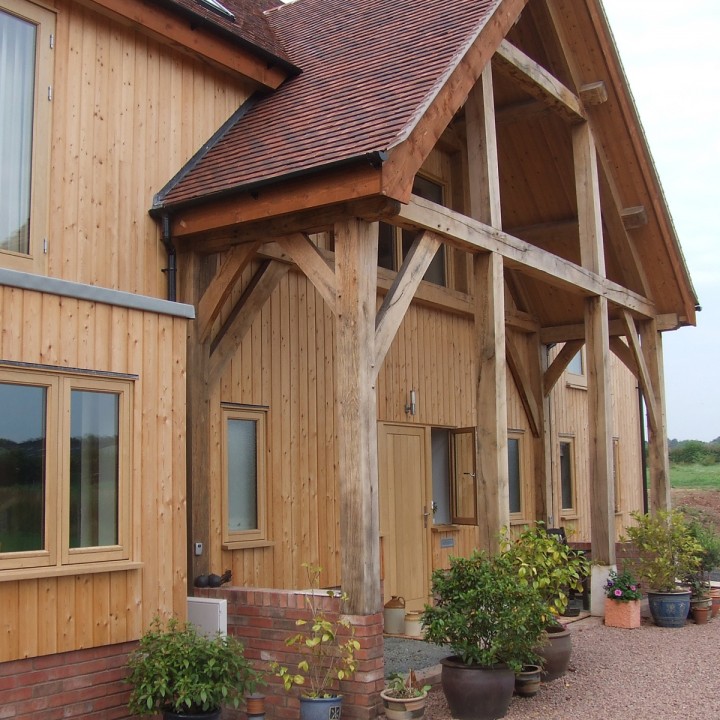
It is used both in the form of logs for the actual construction of walls and as planks for cladding. Because of its qualities it is a more expensive wood than other softwoods. If it is not possible to build the entire house from larch, it is recommended for the structural strength.
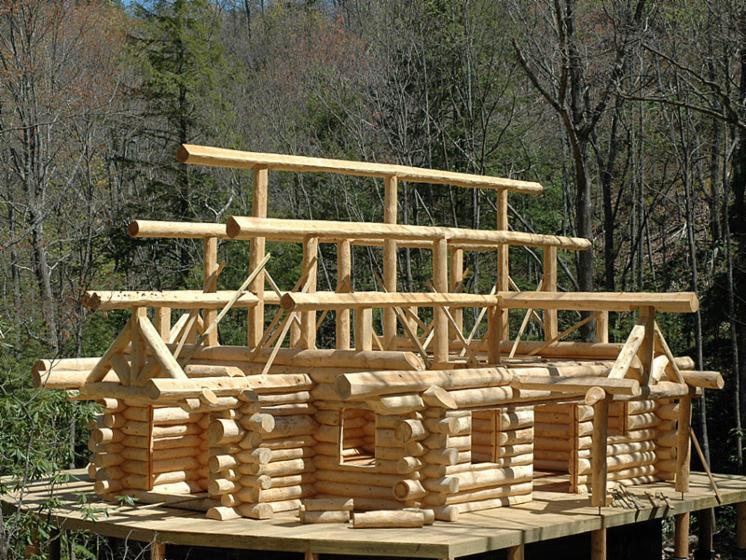
It is a very good wood for boat and yacht building. For luxury yachts they use knot-free, specially grown wood. The branches are removed when the wood is young by a special process so that no knots form as it grows.
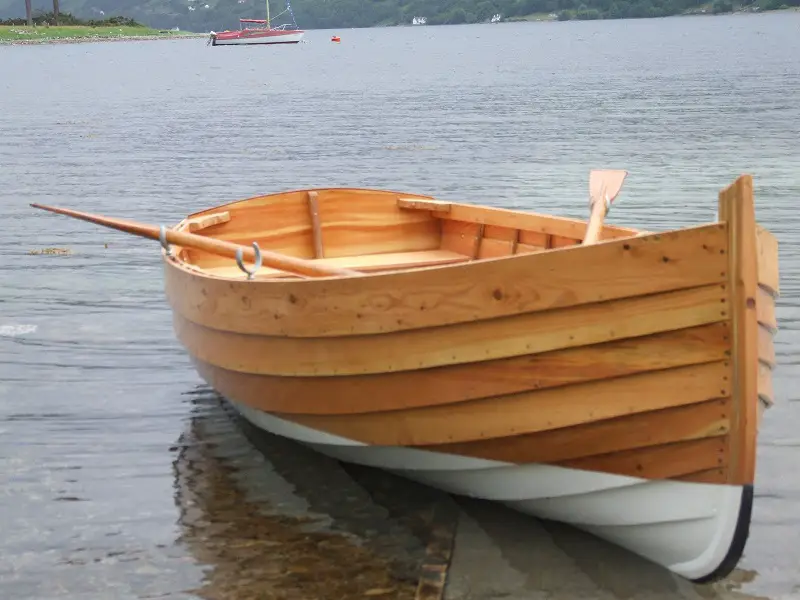
In addition to buildings and boats, larch wood is also used for decking, flooring, garden furniture and even indoor furniture. The high resin content makes decking wood resistant to moisture and mold attack, even untreated.
It is not a wood that is commonly used for furniture, but some designers or manufacturers use it for more special creations. In Romania it is little used by craftsmen, mainly for special works and not at all in mass-produced furniture.
If you are curious enough to look for information about larch wood, you will see that it also exists in Japan, Canada and the USA. Although they have many elements in common, each of these species has particularities determined by the growing area. In Romania, there are 5 centers of natural distribution of larch: Valea Arieșului - where there is a larch nature reserve - the Bucegi, Ceahlău, Ciucaș and Lotru mountains.
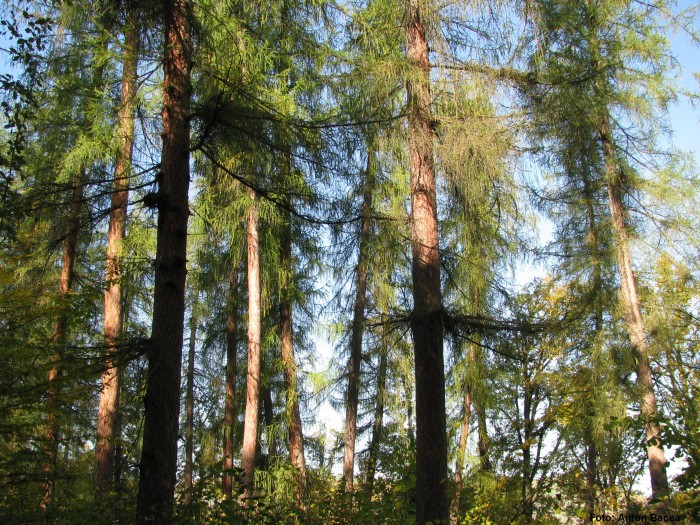
photo source: skytrip.ro





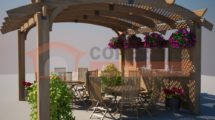
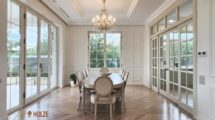




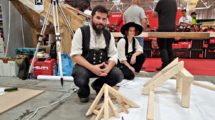




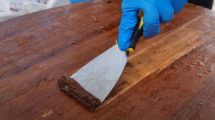

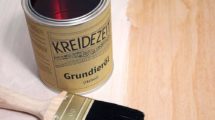
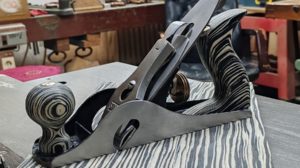
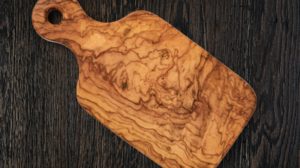
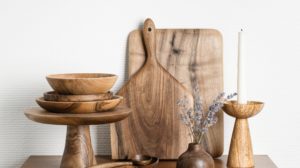
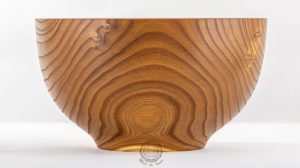
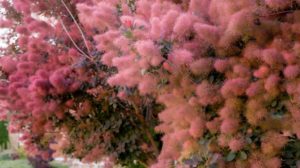

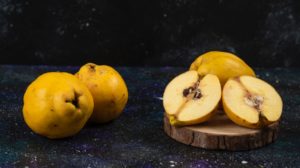
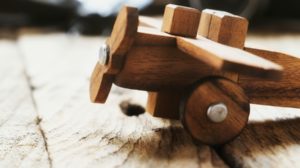
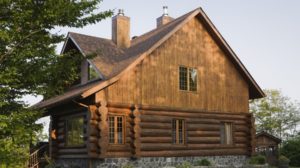



Add comment